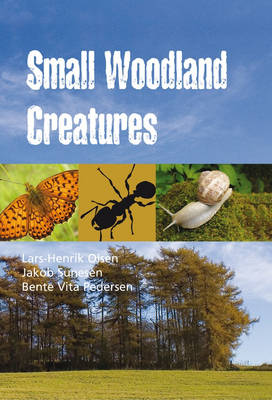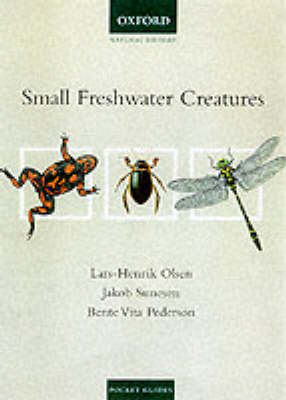Natural History Pocket Guides
2 total works
This delightful book is one of the first three volumes of Oxford University Press's new Pocket Guide natural history series. The series fills the need for lighter weight guides for those who want to find out about the common organisms they come across during countryside excursions without having the specialist knowledge required to make detailed species identifications. All the books in the series are attractively designed and generously illustrated with plentiful high quality colour line drawings and photographs throughout. The accompanying text is short but informative, with notes on general biology as well as on identification. Small Woodland Creatures covers the commoner 'creepy-crawlies' and their artefacts likely to be encountered on woodland walks - from ants to worms and from galls to woodworm holes. They are arranged by animal group and also by the place they might be found, whether inside fungi or wrapped in leaves. Sections on significant aspects of the animals' biology - parasitism, camouflage, and so forth - are introduced alongside the groups for which they are relevant.
A pleasure to dip into, the book will be an invaluable accompaniment for woodland walks at any time of the year.
A pleasure to dip into, the book will be an invaluable accompaniment for woodland walks at any time of the year.
This delightful book is one of the first three volumes of Oxford University Press's new Pocket Guide European natural history series. The series fills the need for lighter weight guides for those who want to find out about the common organisms they come across during countryside excursions without having the specialist knowledge required to make detailed species identifications. All the books in the series are attractively designed and generously illustrated with plentiful high quality colour line drawings and photographs throughout. The accompanying text is short but informative, with notes on general biology as well as on identification. Small Freshwater Creatures covers the more common 'creepy-crawlies', fish, and amphibians likely to be encountered by pond- and stream-dippers. They are arranged by animal group and also by the place they might be found, whether in on floating leaves or in the depths, in polluted or clean water. Sections on the animals' ecology, a glossary, and on further reading will allow the book to be used as a springboard for further study.

